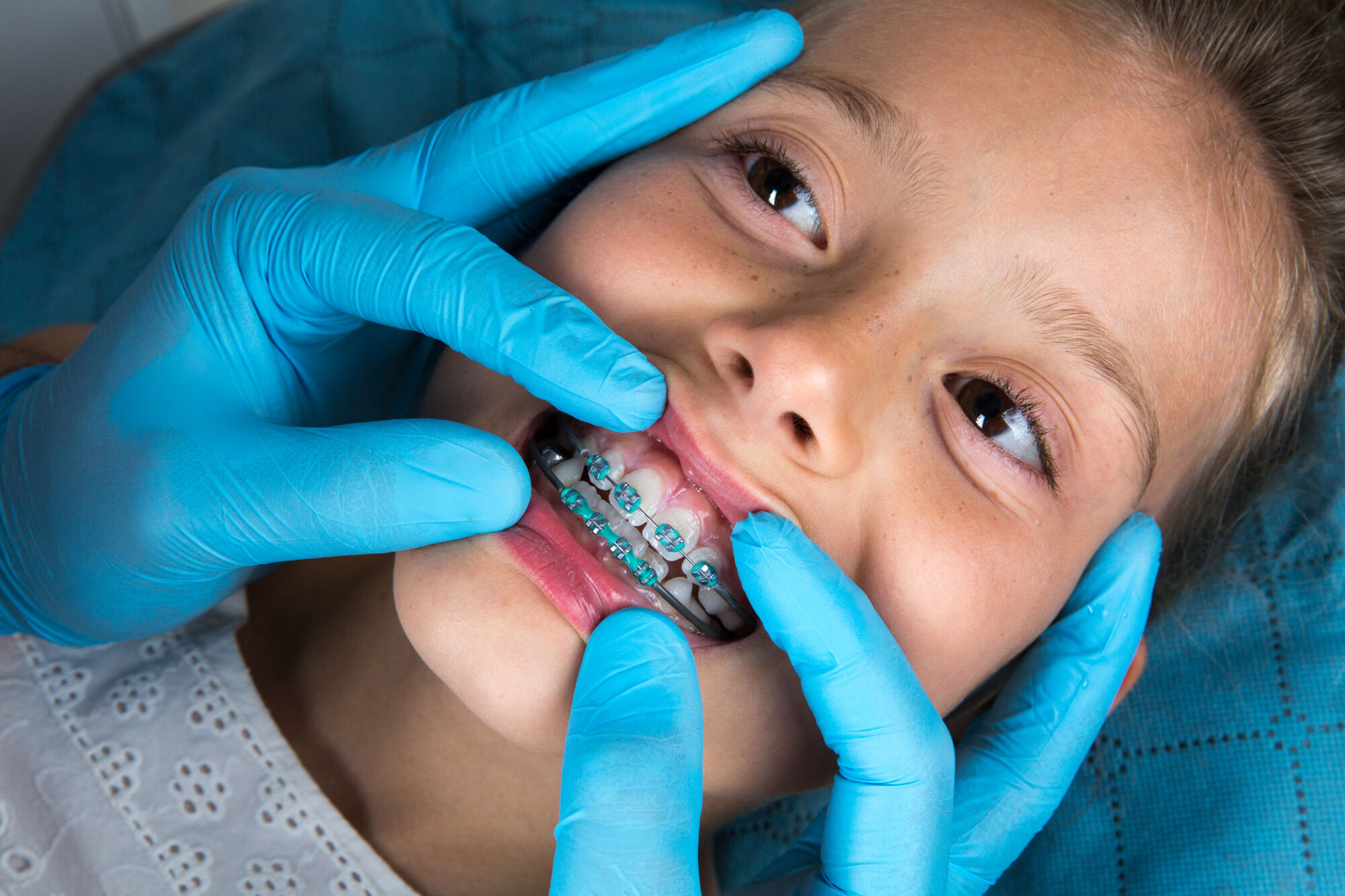5 Signs That You Should Take Your Child to an Orthodontist
Many parents take their children to a pediatric dentist, but are not sure when to go to the orthodontist. Although there is no exact right time, there are some indicators that let us know that the time may be now! As a parent, you always want the best for your child, so that means knowing the signs and when to seek out treatment options. Taking proactive steps rather than having to make retroactive fixes can save your child from many dental, orthodontic, and general health procedures in the future! We hope these five tips will give you a clearer picture of when orthodontics could be a great option. Here is a guide to help you! Your Child Just Turned 7 Years Old Depending on your child’s tooth development, they may start to lose baby teeth between ages 5-6. Shortly after this development, you may begin to see the emergence of a few permanent teeth. This stage of [...]










